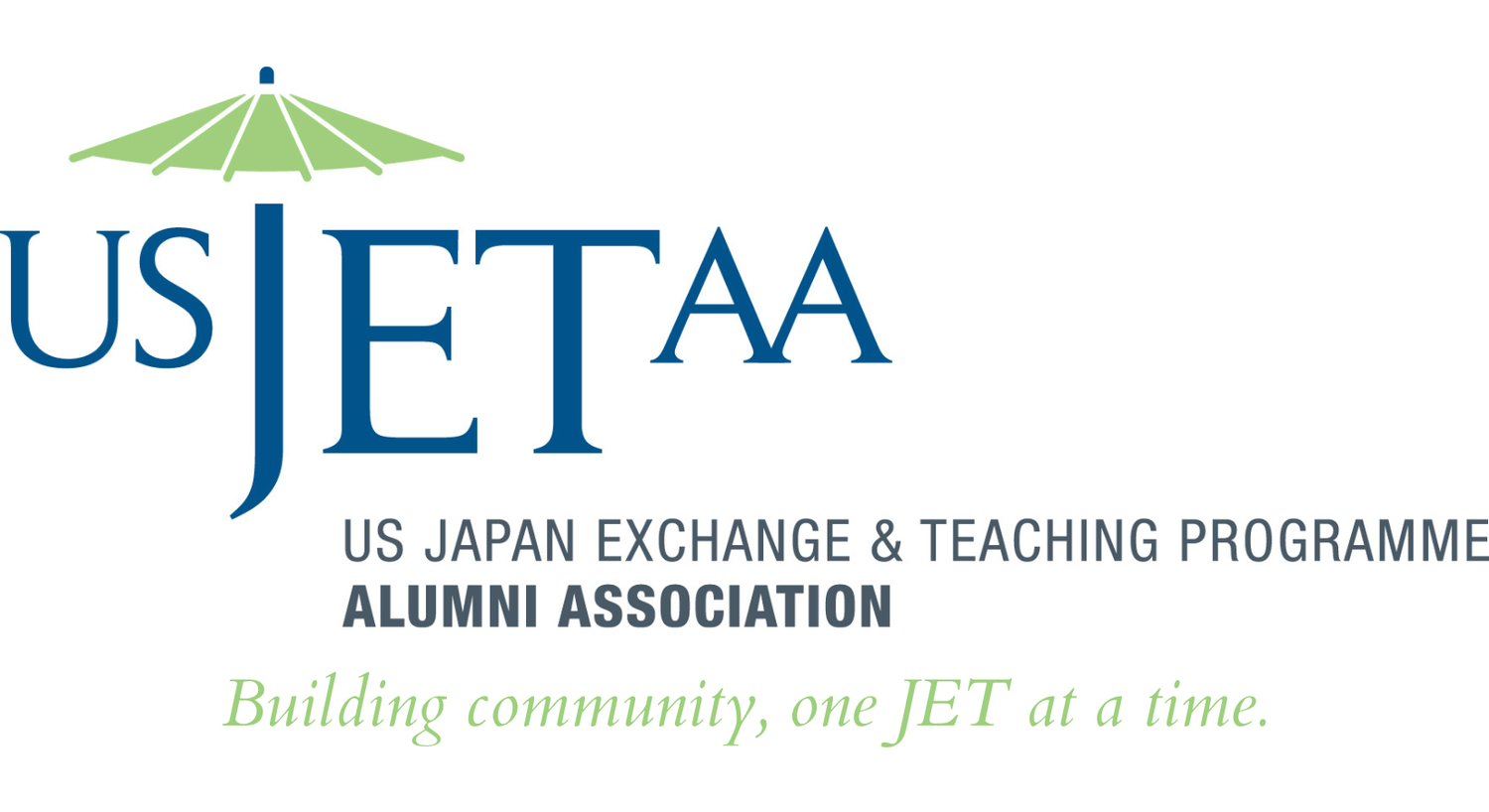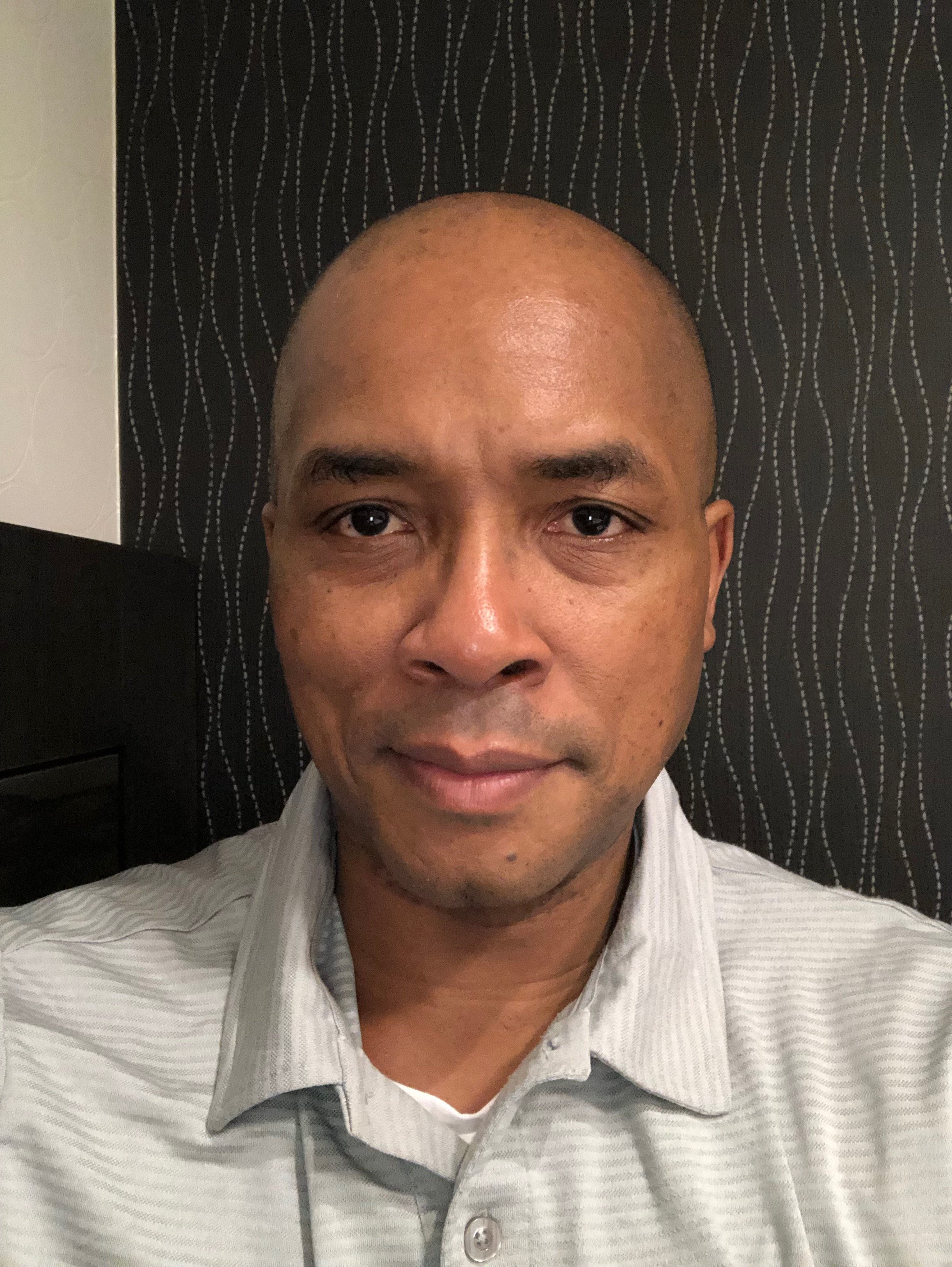Senpai Spotlight: Bridging Japan & the US Through Film
Aaron Woolfolk (Kochi, 1992-1993)
Interviewed by Rashaad Jorden (Yamagata, 2008-2010 & Kochi, 2018-2020)
For Aaron Woolfolk, it was one particular teacher who helped get it all started.
“My second grade teacher in elementary school — she was Japanese American — and she would introduce elements of Japan into our lessons,” Woolfolk said. “She would tell us, ‘This is where my family is from.’”
“And so that’s where I first learned about Japan. And later, I got into the popular Japanese culture of the day. Growing up in the San Francisco Bay Area, there were a lot of Japanese Americans — and Japanese and Japanese American culture — and that had an influence on me.”
Those experiences helped spark a lifelong interest in Japan for Woolfolk, which has included directing films set in Japan, most notably The Harimaya Bridge, a 2009 film that featured an American man discovering some startling things in rural Japan about his deceased son. That movie earned Woolfolk the 2010 award for the best first time feature director at the Los Angeles Pan African Film Festival.
That award is far from the only thing that has made him proud about The Harimaya Bridge. “It’s so hard to have a movie open in movie theaters. Even in the pre-streaming days, most movies didn’t,” Woolfolk said.
“So having the movie get a nationwide release in Japanese movie theaters and a national independent release in U.S. movie theaters was something special.”
Perhaps even more importantly, Woolfolk believed The Harimaya Bridge served as an educational experience for audiences worldwide. “Several people also told me they’d only thought of Japan as this metropolis of neon lights and robots, but the film introduced them to rural Japan and the way the people there live.”
“In Japan, I had a lot of people tell me it was interesting seeing their country – and particularly rural Japan – seen through the eyes of a foreigner.”
Woolfolk attributes his success as a filmmaker to his time in Kochi Prefecture in the JET Program, where he worked as an ALT in Susaki from 1992 to 1993. He cites his JET experience as being the inspiration for The Harimaya Bridge.
“I think Japan — the JET experience — really reshaped my overall perspective on life,” Woolfolk said. “It taught me, ‘I’m not just an American. I’m a citizen of the world.’ It taught me how to look at things from different perspectives. It taught me new ways of seeing things.”
A behind the scenes photo of the cast and crew from The Harimaya Bridge. Woolfolk is center, front. (Photo courtesy of Aaron Woolfolk’s personal collection.)
But even before working in Shikoku, Woolfolk said he had gotten into Japanese cinema, especially the works of Yasujiro Ozu and Akira Kurosawa, which he had discovered as an undergraduate at UC Berkeley.
“By the time I got to Japan, I was like, ‘Oh, okay, this is the place where all those great classics were made,” Woolfolk said.
And after entering film school at Columbia University following his JET stint, he put his desire to tell stories into action, developing his idea for The Harimaya Bridge. But he admitted others were skeptical of him making a film set in Japan. So for his thesis project in film school, he returned to the country to make two short films, Eki and Kuroi Hitsuji, works he described as a prologue for The Harimaya Bridge and good training grounds for him.
Woolfolk credited his time on JET for helping him overcome the most challenging aspects of making those two short films, especially the cultural differences between filmmaking in the U.S. and Japan. “There’s a different way of doing things there. That’s something all JETs come across and learn to deal with,” he said, citing aesthetics as one difference between Japanese and Western cinema.
“My JET experience prepared me for that. It’s all about adapting.”
Woolfolk’s Japan-related work isn’t limited to those above-mentioned works. He co-wrote Bronzeville, a play about an African American family who moved to a Los Angeles neighborhood that had been Little Tokyo before Japanese Americans had been forcibly relocated to internment camps in the 1940s.
Woolfolk with his student’s family on Seijin no Hi in Susaki, Kochi (1993). He remains in touch with this family, most recently visiting them in Japan in 2023.
He has more plans for Japan-related works. Woolfolk said he’s co-written a script with a “prominent Japanese filmmaker,” whom he says he can’t reveal yet. But he expressed optimism that the project will start filming in 2025, adding he recently had a meeting with that filmmaker to discuss another script.
So what else would Woolfolk like to accomplish? In addition to stories he would like to tell as a filmmaker — including a few projects currently being developed with a Hollywood production company — he’s working on his first novel as well as a book of short stories.
Whatever Woolfolk has up his sleeves, he’s already just one of a large number of JET alums who have parlayed what they learned in Japan to establish themselves in a wide variety of professions.
“I’m always impressed by how alums use the JET experience to propel and enhance their chosen fields, whether it’s education or the foreign service or medicine or real estate or the arts or whatever,” Woolfolk said. “So, they continually inspire me. It’s also so cool how we can use this common experience that binds us. Kind of like we have our own little language between us.”
About Aaron Woolfolk (Kochi, 1992-1993)
Aaron Woolfolk is an award-winning writer, director, and producer. He filled all three roles on his film, The Harimaya Bridge, which was the first feature film made in Japan by a Black director and included Danny Glover in the cast. He also co-wrote the Ovation Award-nominated play Bronzeville. He recently wrote and directed the science fiction stories Family Line and Renaissance Man and the ghost story There’s Something Going On With Sam for the podcast anthology series Earbud Theater.
Aaron’s first film Rage! won a Directors Guild of America award, and his subsequent shorts Eki (The Station), Kuroi Hitsuji (Black Sheep), and Nico’s Sampaguita won several awards and screened internationally. Aaron was a Walt Disney Studios/ABC Entertainment Writing Fellow. His work has been invited to screen at The Smithsonian Institution, the Toronto International Film Festival, Pan African Film Festival, Japan Society, and other prestigious showcases. His in-development virtual reality documentary project Attention MOVE: This is America was invited to a showcase at the Venice International Film Festival. He is currently developing film projects in the United States and Japan. He is also writing his first novel and a book of short stories.
Aaron was born and raised in Oakland, California. He graduated with degrees in both Ethnic Studies and Rhetoric from the University of California at Berkeley, and with an MFA in Film from Columbia University.
The Senpai Spotlight series is brought to you through partnership between USJETAA and AJET’s CONNECT Magazine. The series features JET alumni from the US who have made successful careers for themselves in various fields—with the goal of inspiring young JETs and JET alumni to pursue their own dreams while also offering some words of advice only a senpai could know.
If you, or someone you know, would like to be featured as a Senpai Spotlight, please reach out to us at contact@usjetaa.org.
This edition of Senpai Spotlight was written by Rashaad Jorden, a two-time JET Program ALT (Yamagata, 2008-2010 & Kochi, 2018-2020). During his second JET stint, he was the General Sports Editor for AJET CONNECT Magazine. As working for CONNECT was one of the most enjoyable aspects of his JET experience, he’s eagerly contributing again to a community that he treasures.







